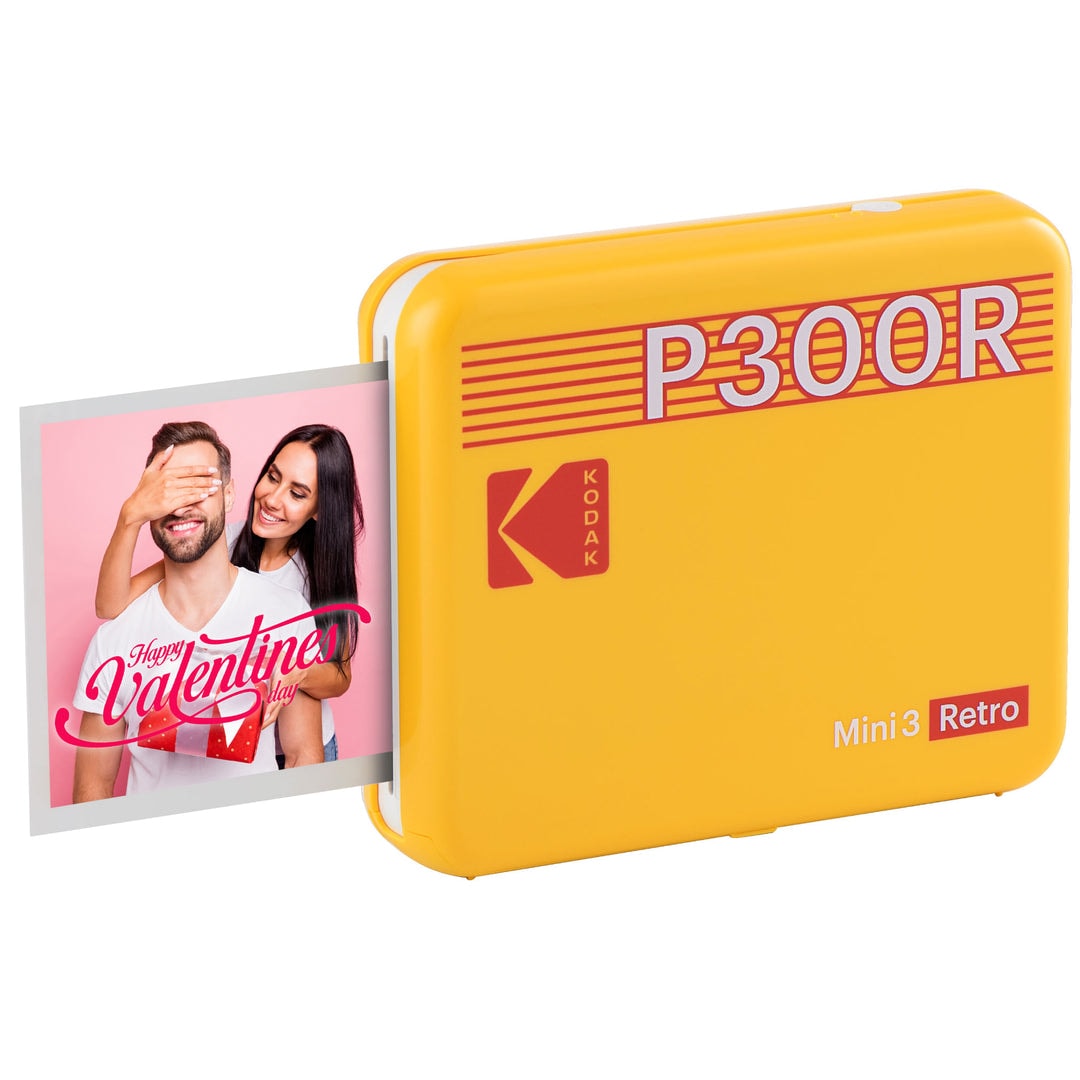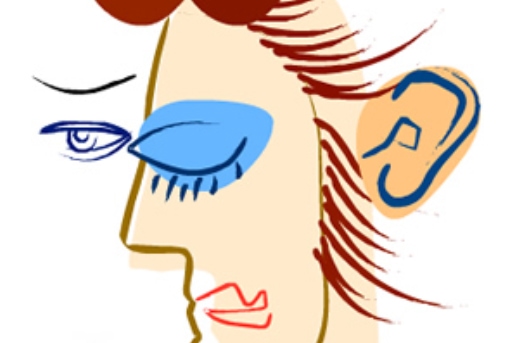Hi Museum Folk,
I came across this and it blew my mind. I mean, in retrospect of course they are using augmented reality in building, but I hadn’t seen it yet. What makes this even more tangental to all of us is that Matt Construction is using it to build museums. Matt is a big supporter of museums, they’ve supported the Western Museums Association’s conference (WMA) for many years (back when we went to conferences, remember those days?).
What I’d like to see is more of this being used inside already constructed museums. Imagine if you could raise your hand and point to a skeleton and it would glad the T. rex in scales with color (all guesswork I realize), or point to the Starry Night and have an image of the original town scene laid over the painting (don’t hate me if the starry night was not painted from a real town, I’m just riffing here and don’t want to stop to do research). The list goes on an on.
I’m imaging you need a very strong wifi connection (which we don’t have), a grant to buy a bunch of these $400+ augmented reality goggles. A check out system to keep track of the goggles’ return. A whole educational component to train visitors on their use, a way of cleaning them post use. OH and let’s not forget all the original art, design, and educational content on the back end. My guess is that a year would be the right amount of time to devote to a handful of people. Maybe not all full-time on it, but there would be so a ton of deliverables that would need buy in.
The downside of course is people paying more attention to the goggles and not those in front of them. Have you seen this in use in a museum, how about your museum or gallery? Museum preparators, museum designers, art handlers, etc please help all of us by sharing what this looks like and its pros and cons and where you think all of this is going or is it just a fad. Also, how about the hardware, what are you using, what works, what had you wished you bought instead?
Keep up the great work everyone and enjoy the videos.
Matt
(no relation to the builder)
Goggles in use, omg cool (no audio btw)
Now that you’ve seen what it’s like to be behind the goggles, here’s the project requiring this kind of work:
Here’s the transcript if you can’t use volume right now:
At Matt Construction. We want to be the pioneers and moving technology forward. Overall, we are trying to achieve one thing, which is to build better buildings with great quality.
The type of project that Matt does tend to be more complicated. This project is difficult because every surface on it is round or spherical, and so conventional two dimensional drawings don’t work very well.
Every layer is curved in a different way. So looking at it 2D model will never give you the real way. This thing is going to look at the end. 3d models help us invasion what it is.
The use of augmented reality on this project is for location of the anchors for the ceiling panels inside the gap and theater.
What AR does is it doesn’t obstruct your vision. You’re seeing what you’re seeing, and it’s augmenting your vision with the virtual world. Everything’s on even up here. So this gives us the ability to see what we’re framing.
They are viewing the model through their goggles. So they literally see where the anchors are supposed to be, and they know whether they’ve got the anchor in the right spot in this particular theater. It’s a very, very important part of the layout to get right.
The Usability of AR has immense potential. We just have scratched the surface of it. And this is where Matt has a niche to help plants with those very unique situation. Unique buildings, unique architecture clients, architects. They love us for what we do and for being able to be a partner and not just say no, that’s not buildable. We want to build it for them. If they have come up with the design for it, people will be using this building for years. They will probably not remember who built it or who designed it, but they will enjoy it.
They will cherish the moment every time they step into this theater.





Leave a Reply
You must belogged in to post a comment.